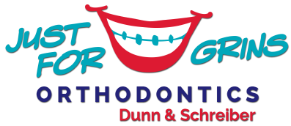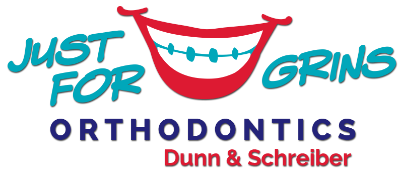You’ve likely heard of an overbite or an underbite, but crossbites are equally common! See how these conditions differ, what a crossbite is, what causes a crossbite, and what your potential treatment options are.
What is a crossbite?
A crossbite is a common type of malocclusion, similar to an overbite, underbite, or open bite. ‘Malocclusion’ means an abnormal, misaligned relationship between the top teeth and bottom teeth.
What does a crossbite look like?
With a crossbite malocclusion, the upper teeth are positioned inside the lower teeth. This can affect one single tooth or multiple teeth.
If the cross bite is present in the back teeth and the upper teeth are positioned inside the bottom teeth, this is called a posterior crossbite.
If the cross bite is present in the front teeth and some upper teeth are positioned behind the bottom teeth, this is called an anterior crossbite.
This condition sounds similar to an underbite, but an underbite affects the entire row of teeth, or the whole jaw.
What causes a crossbite?
There are a number of reasons why a crossbite may be present. Common crossbite causes include genetics, abnormal or late eruption of the permanent teeth and childhood habits, such as thumb sucking or tongue thrusting.
Like other malocclusions, crossbites are either the result of force that causes physical movement (like thumbsucking) or genetics/development.
Crossbite Treatments
Treating a crossbite is relatively simple when you visit an experienced orthodontist—like us!
Depending on the specific case, a number of treatment routes are available. The most effective treatment method will depend on your age (whether you still have baby teeth), the severity of your condition, and whether you have a posterior crossbite or anterior crossbite.
Because crossbites can result from a narrow palate, a palatal expander may be used to widen the upper jaw. The palatal expander is especially effective for younger patients whose teeth and jaws are still developing.
If an appliance is used, treatment of braces or Invisalign® will also likely be used. If an appliance isn’t used, braces or Invisalign may still be the best treatment option.
When you visit us for your complimentary consultation, we’ll examine your condition and discuss our findings with you! We’ll give you all of the information you need to make the best decision for your smile.
All of your treatment plans are 100% personalized to the patient. We don’t do one-size-fits-all treatment, because one size simply doesn’t fit all! This is why it’s necessary that we complete a comprehensive evaluation before we can determine the most effective treatment method.
If you’re ready for your complimentary consultation, we encourage you to request one today. We are a leading orthodontist in Millbrook, Montgomery, and Wetumpka, Alabama. Come grin with us!
Please don’t hesitate to reach out to us with any questions.



